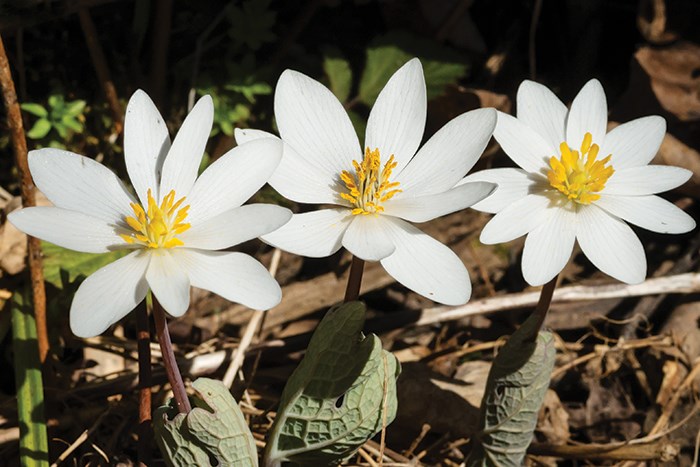Throughout my life I have always gravitated to creative activities and found great joy in doing so. In our inherently busy and scheduled lives, opportunities to be creative sometimes seem few and far between.
I’ve noticed when I move away from creative activities and moments in the day, I physically and emotionally suffer.
Sometimes I need a little kick in the pants and here enters the 100 Day Project, which was essentially created to help people commit to a daily practice of being creative for 100 days. Check out more information at www.the100dayproject.com.
Like everything, creativity is a skill and it need to be practiced. What better way to do so than to commit to something for 100 days?
I work with plants on a daily basis but sometimes they become work, more so than a creative outlet. After back surgery and a long recovery I have a lot of physical help in my garden, which has taken me away from tending to my own plants. My 100 Day project is to get out into my garden every morning and notice what speaks to me and photograph it.
This simple act has connected me to the natural world each day, given me a greater awareness and appreciation for my garden as it unfolds, and let me notice tiny details that get lost easily.
Just this different way of looking at the garden has spurred on design ideas, companion planting and a greater understanding of the individual plant.
I was photographing ferns in my garden and I spied bloodroot, sanquinaria canadensis, the other day and realized how many years I have missed this woodland treasure.
Bloodroot is a perennial wildflower and one of the earliest spring bloomers. Between March and May the bloodroot plant produces a single flower bud tucked neatly inside a leaf.
The flowers display is fleeting and very easy to miss as they only last a day or two.
Bloodroot is ephemeral, which means the plant blooms early in the season, flowers and fruits, and then dies back under the soil leaving nothing above the ground.
In nature, these wildflowers grow in rich, moist soil in woodland settings. The majority of their growth takes place before the canopies of deciduous trees leaf out.
Bloodroot is hardy in zones 4 to 9. It likes moist, rich soil and a well-draining location.
There is a beautiful double-flowering variety called flore pleno that is worth seeking out. The flowers seem to last a bit longer on this variety.
I wish I could share with you the image of the bloodroot in my garden. In doing the 100 Day Project, one rule I have set for myself is to walk around the garden and notice what calls to me and photograph only that one plant on that day.
The day of my sighting, I was intent on capturing the black stems of the andiantum pedatum fern,so I didn’t end up taking a picture of the bloodroot bloom. The “picture: of it in all its glory is happily embedded in my mind and I feel fortunate to not have missed its show.
If you Instagram, my project is #100daysofplantswilltellyouwhatyouneed.



